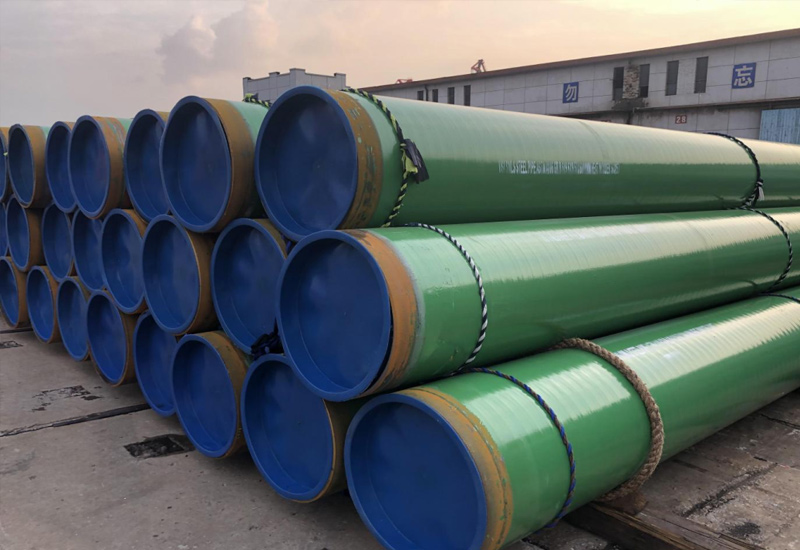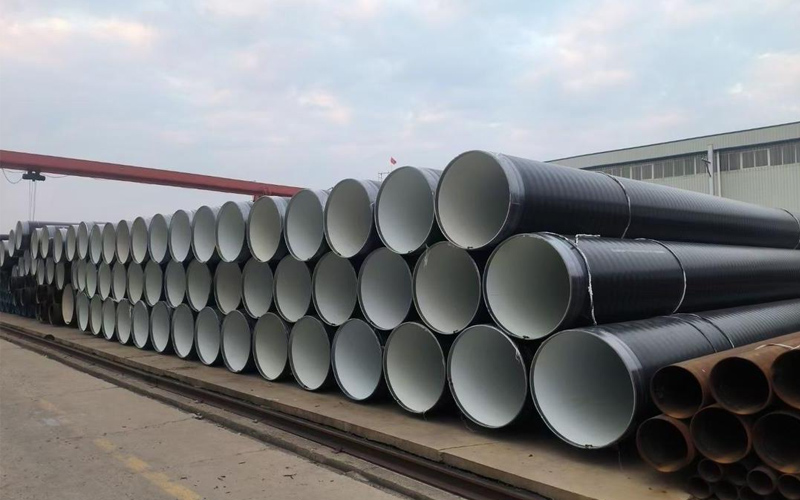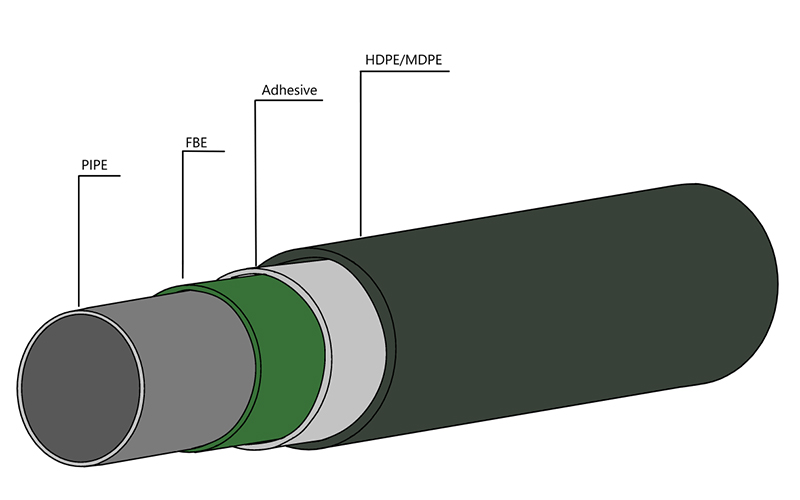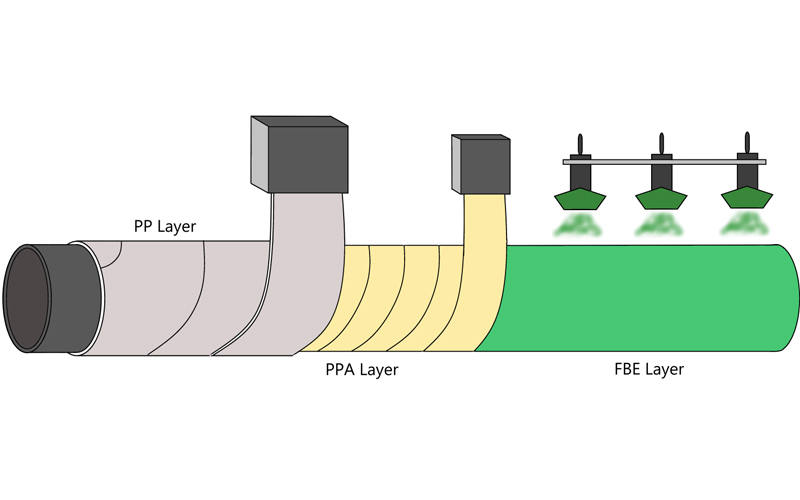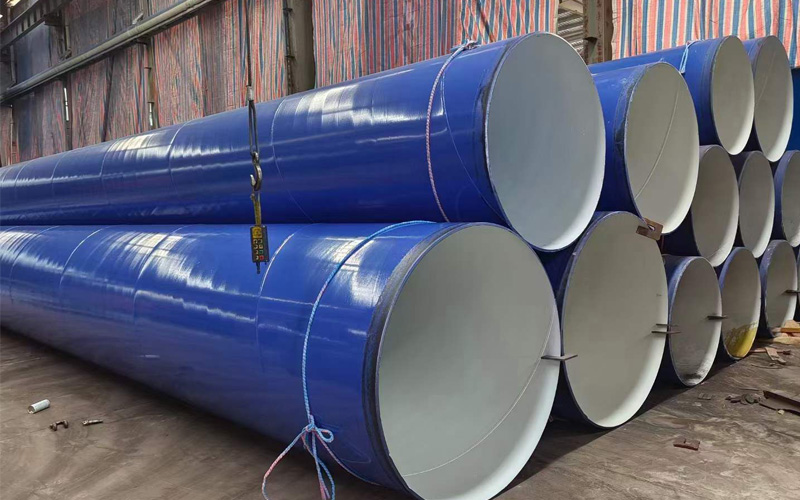ASTM A53 vs. API 5L: A Guide to Selection and Application


In the field of industrial piping, ASTM A53 and API 5L are two key standards that are widely used, but have very different positions. ASTM A53 was developed by the American Society for Testing and Materials to regulate general fluid transfer pipe, while API 5L is from the American Petroleum Institute. American Petroleum Institute (American Petroleum Institute), designed for oil and gas transportation pipelines. Although both cover carbon steel seamless steel pipe and some parameters overlap, there are systematic differences in technical requirements and application scenarios, which profoundly affect the engineering selection and safety performance.
ASTM A53 standard: the core specification for general fluid transportation
ASTM A53 is divided into two levels A and B (of which level B is more commonly used), covering seamless pipe and welded pipe two manufacturing methods. Its core features include:
1. Requirements for technical parameters
– OUTER DIAMETER AND WALL THICKNESS : The range of outer diameter is 21.3-762 mm (corresponding to 1/4″-28″), and the wall thickness is 2.0-140 mm, which is adapted to the diversified needs of medium and low-pressure systems for pipe diameters.
– Mechanical Properties : Grade B pipe has a minimum yield strength of 240 MPa and tensile strength of ≥415 MPa, which ensures the stability of the pipe in the temperature environment under 350°C.
– Chemical composition : low carbon design (C≤0.30%), strict control of sulfur and phosphorus content (≤0.035%), taking into account weldability and corrosion resistance .
2. Application Scene Positioning
The ASTM A53 standard pipe is mainly used for the transportation of water, steam, air, gas and other non-corrosive, non-high-risk media, and is commonly used in scenarios such as architectural structural support, low-pressure boiler systems, and municipal water supply. It is also widely used in the field of machining and general structural pipes due to its good processing performance (easy to cut, bend and weld).
API 5L standard: the exclusive benchmark for oil and gas industry
API 5L standard contains two categories, PSL1 (basic grade) and PSL2 (high performance grade), which puts higher requirements on material toughness, non-destructive testing, etc. Its core features are:
1. Technical parameter characteristics
– Size coverage capability: OD 10-762 mm, wall thickness 2-50 mm, flexible length (0.5-12.2 m), supporting customized cutting.
– Enriched steel grade system : In addition to conventional Gr.B (equivalent to X42), it also includes high-strength grades from X42 to X70, with yield strengths of up to ≥517 MPa (e.g. X70).
– Additional Performance Requirements : Mandatory Sharpy Impact Test and strict Non-Destructive Testing (e.g. ultrasonic or ray detection) to ensure brittle cracking resistance under severe working conditions such as high pressure and low temperature.
2. Application Scene Positioning
Designed for long-distance transportation of flammable and high-risk media such as oil, natural gas, liquefied gas , etc., which need to withstand high pressure (up to 20 MPa or more), geological displacements and corrosive environments. Therefore, the standard mandatory requirement of anti-corrosion coating (such as 3PE, FBE), and is suitable for submarine pipelines, alpine zones and other extreme environments.
Comparison of key differences: systematic analysis of parameters and applications
The following table synthesizes the core technical indicators and application characteristics of the two standards:
Table 1: Comparison of ASTM A53 and API 5L Technical Parameters
| Projects | ASTM A53 | API 5L |
| OD Range | 21.3-762 mm | 10-762 mm |
| Wall Thickness | 2.0-140 mm | 2-50 mm |
| Standard Lengt | 6 m (common) | 6-12.2 m (customized 0.5 m) |
| Steel Grade | Grade A, Grade B | Gr. B, X42, X46, X52, X60, X70, etc. |
| Main Materials | Carbon steel (e.g. 20#) | Carbon to low alloy steel (with Mn, microalloys) |
Table 2: Comparison of Application Characteristics and Performance Requirements
| Dimension | ASTM A53 | API 5L |
| Core Uses | Building Structures/Low Pressure Fluids/Mechanical Components | Oil and Gas Long Distance Pipelines |
| Media Types | Water, Steam, Air | Crude Oil, Natural Gas, CO₂ and other high risk media |
| Environmental Requirements | Temperature ≤ 350°C, non-corrosive environments | High-pressure, low-temperature, corrosive geologic/marine environments |
| Key Properties | Weldability, machinability | Burst resistance, low temperature toughness, corrosion resistance |
| Industry Certification | Conventional Pressure Vessel Certification | Mandatory API 5L Certification + PSL1/PSL2 Classification |
Engineering selection recommendations: matching the needs and standards positioning
– Preferred API 5L scenarios:
Pipeline systems involving oil and gas transportation, high pressure (>10 MPa), low temperature (e.g., below -30°C) or corrosive environments, especially when they need to be buried, cross the sea, or pass through seismic zones.
– Preferred scenario for ASTM A53:
Low-pressure vapor lines, building support frames, non-hazardous chemical plant piping, and other general applications, with a focus on cost and ease of fabrication.
>For example: ALLLAND STEEL PIPE supplies LSAW STEEL PIPE to a chemical plant steam circulation system (pressure 1.6 MPa/temperature 300°C) can choose A53 Gr.B; while shale gas transmission line (pressure 15 MPa/containing hydrogen sulfide) must use API 5L X52 with 3PE corrosion-resistant layer.
Conclusion: The standard’s differences stem from the nature of the application scenarios.
Although ASTM A53 and API 5L in some carbon steel pipe products in the manufacturing process similarity, but the design guidance and safety logic is very different: the former is a “general industrial pipe”, the latter is a “high-risk energy arteries special regulations. Understanding the differences in steel grade systems, testing programs, and environmental adaptability (see Tables 1 and 2) is the key to avoiding engineering selection errors and balancing safety and cost. With the rise of ultra-deep well mining and hydrogen pipeline transportation, API 5L is developing towards ultra-high strength (e.g., X80) and resistance to hydrogen embrittlement; and ASTM A53 is also noteworthy for its lightweight application in green building.
Get Your Custom Steel Pipe Quote Today!
Provide us with your project details (like application, specifications, quantity). Our experienced team will respond with a tailored solution and competitive quote within 24 business hours.
Related Articles
Introduction:Technology differences determine success or failure, and selection needs to be “precise”
Steel Density Analysis: Core Differences between Mild and Medium Carbon Steels and Industrial Applications
3LPE coated steel pipe: a solid barrier in the field of industrial corrosion protection
3LPP coated pipe: anti-corrosion guard in high temperature and high pressure environment
FBE steel pipe: the technological armor of the steel defense line
How LSAW/SSAW Steel Pipes Ensure Safe & Durable Drinking Water Pipelines
HOT TAGS
latest posts
- 3LPP coated pipe: anti-corrosion guard in high temperature and high pressure environment
- ASTM A53 LSAW Steel Pipe Selection Guide for Oil and Gas Transportation Pipelines
- API 5L LSAW Pipe: A Deep Dive into PSL1 vs. PSL2
- Steel Pipe Sizing Errors? DN vs. OD Explained for Buyers
- NDT for Pipe Welds: X-ray vs. Ultrasonic Testing




